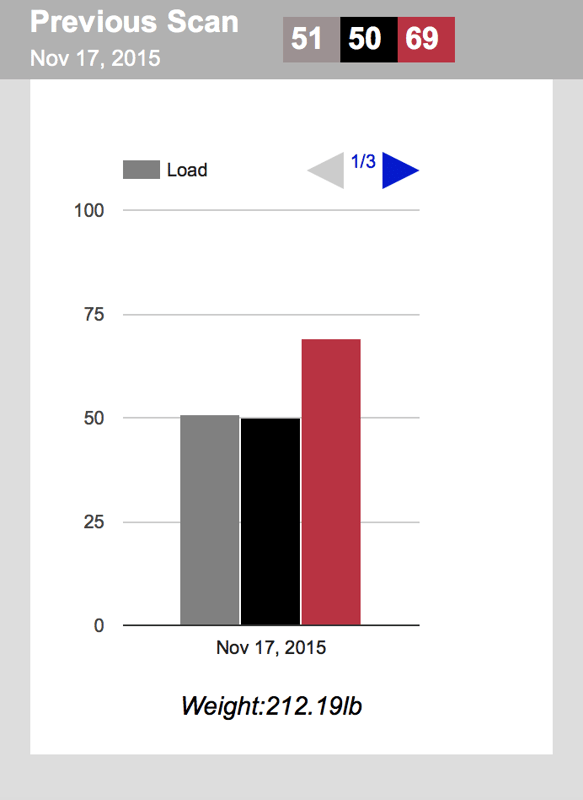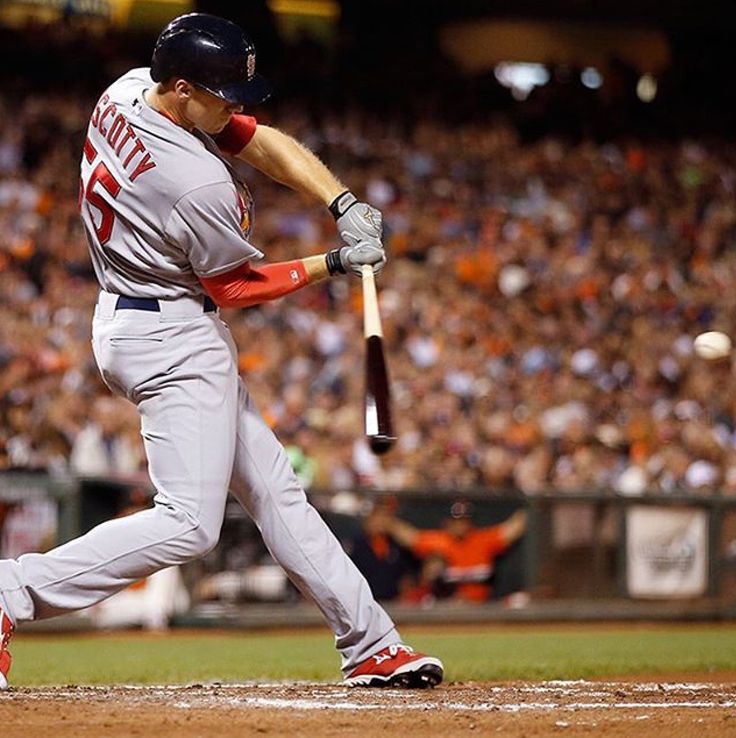
Training with a purpose is key. Being able to accurately track and monitor progress during training is crucial. I believe that by digging deeper into the delicate relationship between training and sport-specific movements, athletes can more effectively chase the image of themselves that they want to be.
Growing up I always enjoyed math and science. They were my best subjects in school and I found them to be the most interesting. Part of the reason why is because as a learner, there was an exact, definitive answer to figure out. You were either right or wrong, there was no grey area. In a classical conditioning manner, I felt I was able to learn more and advance faster in my academic performance.
As an athlete, I was naturally intrigued by Sparta because of the type of performance feedback made readily available to its athletes. One of the cornerstones of Sparta, in my opinion, is the Force Plate. The intricate data that the Force Plate collects from a movement (such as a jump), gives a purely objective view of an athlete’s performance in several categories. These categories are: Load, Explode, and Drive.
These metrics give an exact indication of how an athlete stacks up against their competition within the same sport, level, or age. To understand these metrics better and to ultimately set up for my main point of this blog, I will elaborate on my own Sparta Signature.
As stated before, the metrics are LOAD (grey), EXPLODE (black), and DRIVE (red). The Load variable has to do with how quickly and efficiently an athlete can recruit muscles to get ready for an explosive movement. For this variable, think about what happens when you sink down for a vertical jump, or in baseball, when you gather your weight on your backside before you swing. The Explode variable represents your total power output when you commit to making a certain movement. In basketball, this could be a player pushing off the ground for a dunk or to block a shot. And finally there is the Drive variable. This gives an indication of how long an athlete can sustain high power output. Another way to think of Drive is the ability to use momentum to your advantage.
My specific signature (which is above) is dominated by my Drive. My Load and Explode are much lower; not only compared to my Drive, but also compared to the Load and Explode of other baseball athletes. I don’t appear to be ‘fast’ to most because my acceleration is low due to my low Load and Explode. However, I use momentum very well and can actually achieve ‘high’ speed and sustain it. This type of signature would be very useful in track when running long distance races; however, in baseball this is not ideal for speed. As you might guess, the purpose of my training at Sparta is to increase my Load and Explode. My workouts are tailored to my needs so I don’t waste time with exercises that increase my Drive because it is already much higher than most. This is the black and white, cut and dry, and purely objective style of training that I believe in. I may be biased because I’m interested in math and science, but by training at Sparta I have the confidence of knowing that I’m working on the things I need most. Now let’s take this one step further and transition from a land of black and white, to grey and theoretical…
Understanding how your body functions within a specific sport, I believe, can allow you to tailor your training to achieve the version of yourself that you want to be. I will use baseball, specifically hitting, to help illustrate my point; however, this sort of thought process should apply to any sport.
Over the last three years in which I have trained at Sparta, I have always been curious about what my Sparta Signature says about me as a hitter in baseball. Over my career, I have always been a ‘doubles’ or gap-to-gap type of hitter. I had some power, but not a whole lot. My strikeout rate was lower than most as I was able to put the ball in play most of the time. Because of my high contact rate, I also walk considerably less than most hitters. I can also hit the ball to all fields well (left, center, and right), but with a considerable lack of power to the opposite field.
Knowing what type of hitter I am, I’ve thought a lot about how my style of hitting could be represented by my Sparta Signature and I think I have come to a few conclusions:

My lack of power: My Load and Explode are very low when compared within my class of baseball athletes. I don’t recruit enough muscle tension before my swing, meaning that my load, or gather, is small and inefficient. When I go to swing, I’m firing from a weak base. In addition to that, my Explode is low too. I don’t initially generate fast bat speed. This equates to slower bat speed and, therefore, less power.
My low strikeout/walk rate: I have extremely high Drive, which allows me to highly utilize momentum. It might not seem this way because a swing is so fast, but I believe that momentum plays a large role in the back end of a baseball swing. In order to ‘stay on’ off-speed pitches when you are fooled, your barrel needs to stay longer through the hitting zone. If you are quick through the zone, you lower your chances of making contact. I believe the reason I don’t strikeout much is because I have I have an ability to use momentum to assist me in 2-strike counts when pitchers are throwing all sorts of off-speed pitches. I usually find a way to put the ball in play, and because I do that well, I often will put balls in play on pitches that I wish I wouldn’t have swung at, thus lowering my walk rate.
Hitting the ball to all fields: Similar to the previous point, in order to hit the ball to all fields, you need to be able to ‘stay on’ the outside pitch. You need to get extension, and again, momentum at the back end of the swing allows a hitter to do that more consistently.
Hopefully those examples illustrate how I use my Sparta Signature to explain the type of hitter that I am. Now, is the fun part. So how do you become better? Well, improving my power has been a goal of mine for the past few off-seasons. I have targeted that as a weakness in my game, and the image of myself as a baseball player that I want to be is one that includes respectable power. By looking at my signature, it’s obvious, I need to increase my Load and Explode. And this is what I have been diligently working on. I’m satisfied with sacrificing some of what I do really well (using momentum to put balls in play) to gain more power. I have seen an increase in my power going from hitting eight home runs in 2012, to 15 home runs in 2013, to nine home runs in 2014, and 21 home runs in 2015. The numbers fluctuate some, but the overall trend is in the right direction.
I think hitters can do a self-evaluation like I have done, and figure out what training path they want to go down. For example, a hitter with tremendous power, but who strikes out a lot, may want to do the complete opposite of myself. This particular player may want to sacrifice some of their power for more consistency and average. If the player doesn’t want to do that, then they should continue to train in a fashion that further improves their power. The point is, is that it’s up to the player to decide the image that they want to be and then they can build a training regime to supplement that. I’m sure there are many players out there who are happy with their image as a baseball player and their Sparta Signature supports that image. But at least then you have the confidence that you’re doing the proper training, and can monitor your progress to make sure you are staying on the right track. Again, this thought process, while not black and white, I believe can be applied to any type of athlete.
By going through this process, you take your training a step further. Based upon hard numbers and objective data, you can formulate a plan to achieve the image of yourself that you want to be.